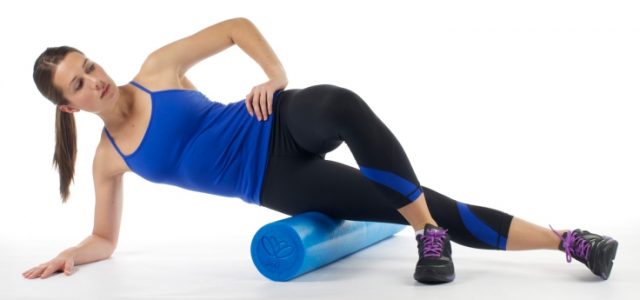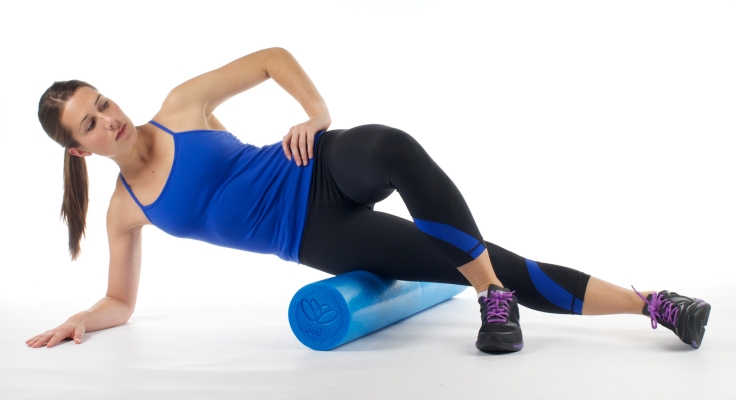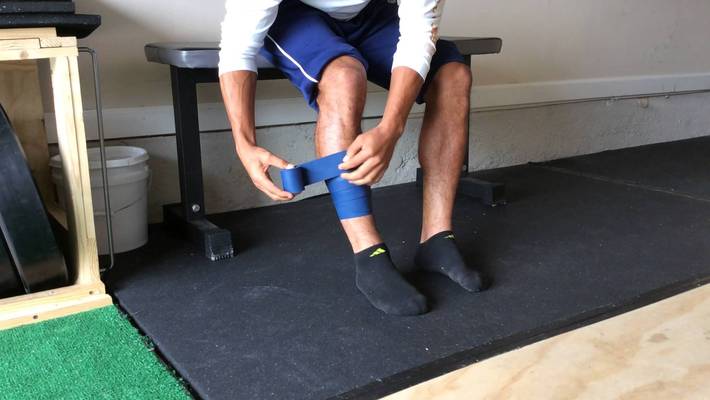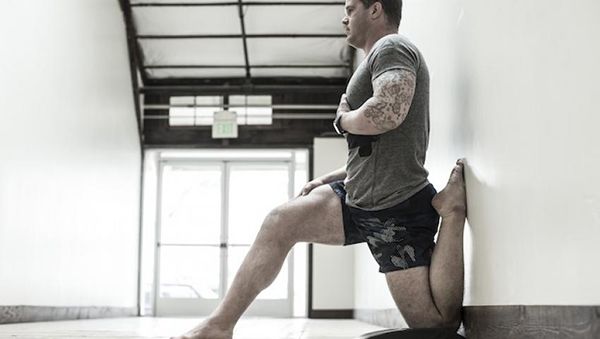The Painful Truth About Stretching – Part 2 of 2
Fitness February 12, 2024 Damon Mitchell

Ditch your stretching routine for a mobilization routine.
In case you’re wondering what I’m talking about, you may have missed part one. It’s a quick read.
Mobilization is going to ask a little more of you than your tired old routine, but the return will be oh, so worth it. Mobilization will give you a new perspective on your body. If you can’t afford to work with a trainer or physical therapist, then you can start with your best teacher: your own body.
A good place to start is this first recommendation.
Before you start, if you want to make some of the tools yourself, check out this blog here.
Roll Tight Spots
You’ve probably seen some of the tools that pass for foam rollers these days. Many aren’t even made of foam. In fact, many are not even rollers. People roll with all sorts of oddly shaped devices, but why?
For many, they don’t know either. It feels good. They treat the muscle like dough, rolling it until the pain subsides. Don’t do this.
Instead, find the most tolerable roller you can find. Don’t try to roll your whole body the first time. Before your workout, start with your legs, placing the roller between your body and the floor. Roll them until you can identify where there’s tightness. Make a note.
Here’s a great intro to foam rolling from the folks at NASM.
Do this with your whole body. Take your time, like a week. Keep track of the tight spots. These are areas where you likely have adhesions, where blood flow and fiber activation are challenged. These will be where you will focus your rolling, from the most intense to the least.
Start with the top three for the sake of time. Get that roller under them and camp out for two minutes. Count to 120 seconds. Do that three times on each one. Those muscles should work better now, measured by a better range of motion.
Wrap Tight Muscles
Wrapping muscles when they hurt is as old as muscles themselves. The ancient Greeks were known to wrap the hands of boxers. When you wrap down muscles, especially sore ones, you create cross-fiber tension.
Wrap too tight and you’ll cut off blood flow, but a little pressure is good. Go for 50-70% of the wrap’s potential intensity.
This technique, used as an augment to something called “flossing” in physical therapy, works well to open up your range of motion where you might otherwise be tight. A standard ACE bandage will do, but flossing bands work best.
There are two ways to use them. One is to wrap trouble areas, usually close to your arm or leg joints, then articulate those muscles for no fewer than two, but no more than twenty minutes. The low end will work for situations like wrists, where restricted blood flow can ache. The lengthier times will work well for more meaty parts of your body.
You can cycle twenty minutes on, then twenty off. If you test your range of motion beforehand and after, you will see marked differences.
Advanced move: combine wrapping squirrely muscles, then apply foam roller pressure to them. Be aware that you should not lose feeling in your limbs or feel electric shocks. Stop and re-wrap if that’s the case. You may be going too deep into the muscles.
Open Your Capsules
This is where some people get confused, where mobility work looks just like stretching. The flexibility of your muscles is not just about the length of your muscle bellies. There are joint capsules to consider as well, like your shoulders, hips, knees and elbows.
In truth, many poses in the gym will open up joint capsules, creating a better range of motion (ROM). This is why most professionals will tell you to keep stretching. It’s that glass half-full thing again, but it’s important to understand that not all poses achieve this.
A great example is the one pictured above. It seems like the stretch is on the quadricep. To a certain degree, it is, but the huge benefit here is the mobility gained in the knee. It helps to learn which stretching poses attack the capsules over the bellies.
There are many exercises aimed specifically at opening up joint capsules, so you’re you’ll want to Google them. Expect greater ROM from these types of poses.
If you struggled to get through this because you found it too technical, I would recommend working with a professional to bridge the gaps. Physical therapists are great for getting educated if you will take the time to talk to them.
Trainers may be cheaper, but they may not be as educated as you would prefer. Most doctors don’t have the education to advise you on these specifics, but you should check with yours before making changes to your fitness routine anyway.
Happy Mobilizing!



